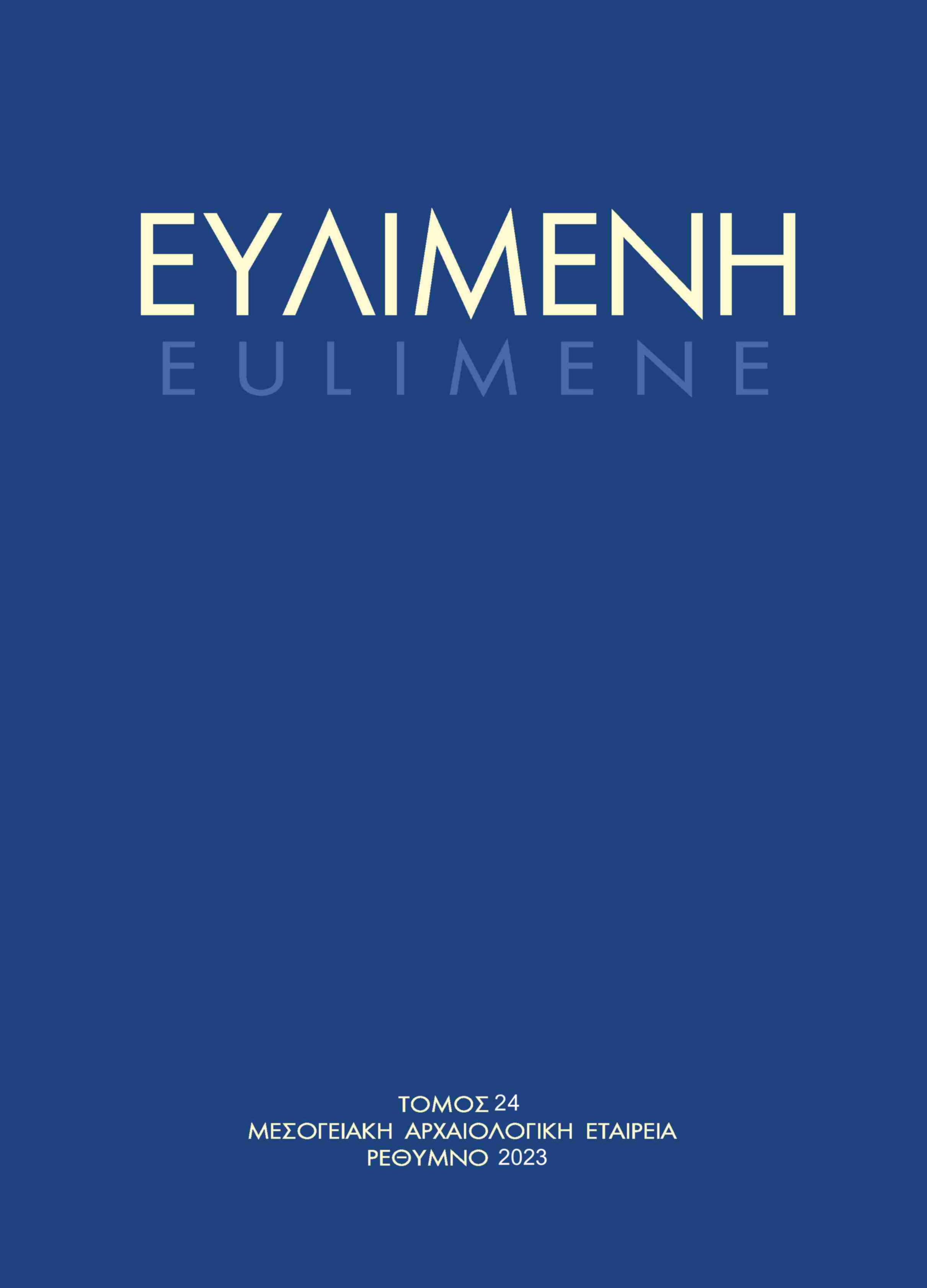Κλεοπάτρα Ζ’ – Venus Genetrix

Abstract
In the second half of the 1st c. BC, the mint of Paphos issued a series of bronze coins in the name of Cleopatra VII. The coins bear the bust of a Kourotrophos figure, which has been identified either as Aphrodite-Eros, Cleopatra-Caesarion or Isis-Horus. After 44 BC, Cleopatra VII celebrated the occasion of Cyprus’s annexation to the Ptolemaic kingdom, with a bronze issue. In Paphos, Aphrodite’s significant cult center and birthplace, Cleopatra imported a new iconography of the goddess. Genetrix was a title given to Venus by Julius Caesar, who spent his life as Venere Prognatus, and considered himself descendant of the goddess. Caesar founded the temple of Venus Genetrix in his new Forum in 46 BC. There, he dedicated a statue of Venus which represented the goddess as a mother holding her infant, little Cupid. His second dedication was a gold or gilded statue of Cleopatra, resembling in posture and figure with Venus Genetrix. The two statues were depicted on the series of denarii, issued by Caesar during his military expedition in Spain in 45 BC. After his assassination in 44 BC, Cleopatra, as the mother of Caesar’s only son, probably dedicated a statue of Venus Genetrix to the sanctuary of Paphos. This article discusses the possibility that the bronze Cypriot issue bears this specific kourotrophic figure.
##plugins.themes.ekt-hometheme.article.details##
- Fascicolo
- EULIMENE 24 (2023)
- Sezione
- Articles
- Categorie

Questo lavoro è fornito con la licenza Creative Commons Attribuzione - Non commerciale - Non opere derivate 4.0 Internazionale.
The copyright for articles in this journal is retained by the author(s), with first publication rights granted to the journal. Authors who submit articles to this journal confirm that third-party intellectual property rights are not violated in any way. By virtue of their appearance in this open access journal, articles can be used freely, with proper attribution, for educational and other non-commercial purposes. The Mediterranean Archaeological Society retains the right to publish papers that appear in EULIMENE in any form, including electronic, the journal may assume in the future. It also retains the right to deposit articles published in EULIMENE in its repository.





